We have nothing to sell
| Title | Geographical, Topographical, State Highway and Railroad Map of California |
| Creator | California Development Board |
| Year | 1914 |
| Dimensions | 64 × 50 cm |
| Location | Leventhal Map & Education Center at the Boston Public Library |
The beginning of the twentieth century saw the rise of quasi-official government bodies established to promote economic development by offering information, advice, and resources to potential investors. The California Development Board was one of these agencies; its goal was to sell California as a land of opportunity to businesspeople and potential migrants from the east and midwest, at a time when the Pacific Coast still seemed like a far-off corner of the country to many people.
Development agencies like this burnished their credibility by trying to seem like they were not marketing agencies, but rather reliable sources of useful information. As a “state-wide, non-political, non-sectarian and non-sectional organization,” the Development Board sought to position itself as “a storehouse of California Data.” The text on this map refers to the Board's “Free Information Bureau,” which contained a “collection of State, county and city maps […] all especially modeled by expert map-makers.” Elsewhere, the text brags of the Board's scientific surveys of agricultural opportunities and offers a subscription to a series of free bulletins which “bear the stamp of character and are free from the phraseology of exaggeration.” By appealing to truth, the Board could frame its arguments as standing on their own: “The bare facts about California are convincing enough to make artificial coloring quite unnecessary.” A bold title drives the point home: “We Have Nothing To Sell.”
The Board, of course, wasn't a disinterested believer in pure geographic knowledge. They paid for good maps of California because they believed that circulating that information would lead to an economic bonanza. In this map, for instance, an outline of California with nine eastern states crammed inside of it doesn't offer much of a useful geographic comparison other than bragging about California's sheer size. The map highlights infrastructure improvements like rail lines and steamship connections, but mentions almost nothing about environmental hazards like the threat of drought.
The Development Board's investment certainly paid off: throughout the twentieth century, California became a world-famous economic wonderland, drawing millions of new settlers, farmers, and city-builders, who completely reworked the natural environment, as well as overturning the lives of the native peoples and Hispano-Americans who had lived in the area before its absorption into the United States. This map shows how geographic truth and facts can be constructed to suit a particular agenda, even if they aren't outright falsified.
Read a 1910 report from the California Development Board featuring many maps of the state that show off its “Resources and Possibilities”:
